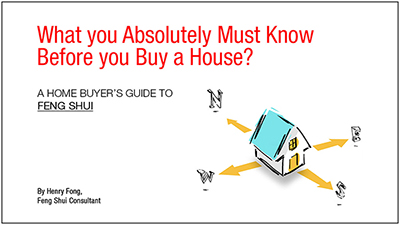In the article, “What is Chi?”, we learnt that matter and energy are interchangeable.
The ancient Chinese further believe that this energy or Qi manifest itself in five different forms call ‘Wu Xing’ which refers to the five different energies of Metal, Wood, Water, Fire, Earth and the interaction between them. Many Feng Shui authors refer to Wu Xing as the Feng Shui Five elements.

Actually the term Feng Shui Five Elements is not correct as the principle of the Five Elements is not the sole domain of Feng Shui. It is also used in many other Chinese meta-physical discipline such as Chinese medicine, face reading, martial arts etc.
For example, in Chinese Medicine, the heart is Fire while the liver is Wood. As you might have already guess Wood produces Fire. Therefore if the heart is weak you can strengthen it by strengthening the liver!
The Five Elements are also associated with many other things such as emotion, climate, favour etc. It is also associated with colours. For example Fire is red, metal is white, wood is green, water is blue or black while earth is yellow.
The Five Elements interact with each other in a few ways. The first sequence of interaction is called the promotive or productive cycle where the elements produce one another.
The second sequence is the controlling or more commonly referred to as the destructive cycle. In this sequence the elements control one another. Finally there is the exhaustive cycle. In this sequence the elements reduces the energy of the others hence exhaustive.
In my article, I will explain the interaction of the Feng Shui five elements and give examples of how to apply them.
